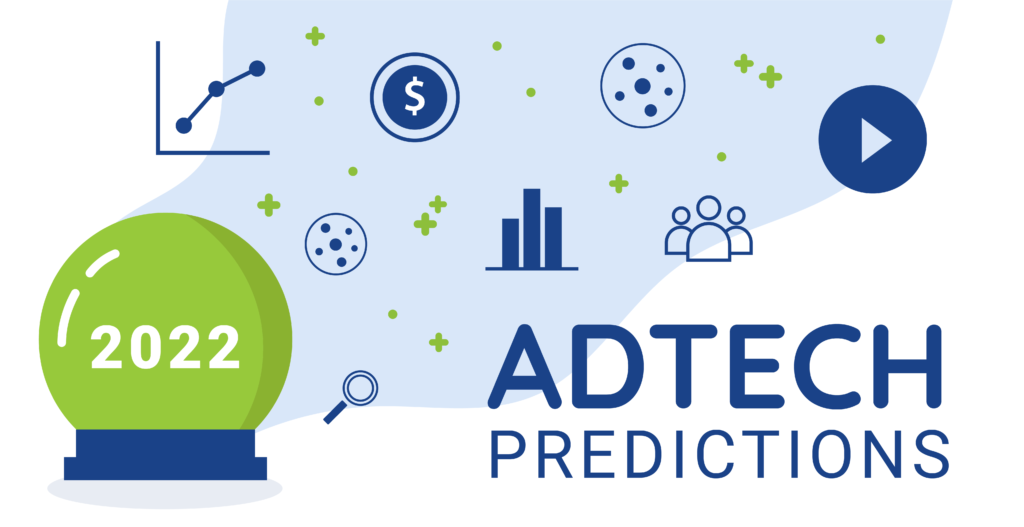2021 was a particularly eventful year for the AdTech industry. Publishers and players in online advertising had to adapt to the start of a cookieless world, in particular with the new CNIL guidelines that came into effect. The year was also marked by a major event for their natural referencing: Core Web Vitals, 3 Web performance indicators set up by Google aimed at promoting sites that offer a good user experience.
Publishers had to redouble their efforts to continue to offer their audiences content that meets their expectations while ensuring sustainable advertising revenues.
What will it be like in 2022? Can we foresee the major trends that will mark the year? Magali Quentel-Reme, our CEO and co-founder, will reveal her 2022 AdTech market predictions at Programmatic Spain.
What impact has COVID had on programmatic advertising in 2021 and how is it recovering?
It is difficult to take stock of 2021 because 2020 was a very irregular year which makes it hard to make any valid comparisons. During the first half of 2021, we saw the effects of the pandemic on investments. We observed a very strong temporary effect. Advertising investment were concentrated into 3 key moments: March 2021 and June 2021, when the restrictions were lighter, and November-December as usual.
In the last two years, the programmatic ecosystem has been advancing at the same level as technology. More and more publishers converted to Header Bidding and buying by deal IDs was on the rise in Europe with initiatives like WeMass that offer curated inventories from media leaders on a programmatic basis only.
What is the biggest opportunity you see for programmatic in 2022?
In addition to the strong growth of connected TV, which we take for granted, I believe that the audio format is going to be on the rise due to digital users who consume more and more podcasts.
The pre-roll video format is also a winning bet for publishers who can produce video content. In Header Bidding, we see a rising fill rate and advertisers are looking for good completion rates, and are willing to pay for it. Publishers will have to find the balance: ensure a good UX and mobile video ad space with good completion rates.
What is the biggest challenge facing the programmatic industry in the coming year?
Despite the noise about solutions to replace third-party cookies, this remains a real challenge because we still don’t see a miracle solution in the near future.
Unique IDs are an interesting proposition, but only for publishers capable of gathering logged data from their visitors. Most of the publishers we collaborate with have little data logged and the reach is too small to guarantee a profitability similar to cookies.
Knowledge about FloC (since this interview, Google announced the replacement of FloC by Topics, a much more simple targeting method) is still weak in Europe and this lack of understanding may harm the advertising revenue of media groups, Sales Houses and independent publishers in their fragility due to the Covid-19 crisis.
Which channels do you think will have the greatest growth? And the least?
Outstream and instream video, Digital audio, TV and DOOH are going to see a lot of growth.
Conversely, Google is progressively giving less exposure to AMP (Accelerated Mobile Pages) pages in the SERPs.
And more than channels, I also believe that the performance of those who offer low-quality inventory to brands with no added value will progressively worsen.
What do you expect to happen most in the industry in 2022?
I hope that transparency and quality will win for all links in the programmatic chain so that users like advertisers and publishers benefit from a better UX and deliver results.
When do you think the sector will have viable alternative solutions to Third Party Cookies?
I think it could take some time to see a valid and widely accepted solution and that 2022 could be an experimental year.
One of the shorter-term solutions will be to use first-party data to increase campaign targeting capabilities and optimize publisher revenue.
Need additional information about our solutions and/or our job offers? Contact us!

